-
Posts
15,854 -
Joined
-
Last visited
-
Days Won
393
Content Type
Profiles
Forums
Events
Gallery
Everything posted by jhb171achill
-
And finally for now, and equally randomly, as follows: K801, Inchicore, 1971 Tank wagon - someone was talking to me about tank wagons recently, so there it is! The third one shows only one of two pictures I can recall seeing of the step contraption that ex-GNR Director's Saloon had when it was in use as the PW Civil Engineer's runabout. It was devised either by Senior or his immediate predecessor, one W H C Stone. It is seen here in use - the idea was that when the coach was used as a PW Inspection vehicle, anywhere the Engineer wanted to stop he gave a signal to the driver and they stopped, whereupon he got down and pottered about with measuring tape and notebook, before proceeding onward. Here it is seen in action somewhere on the NCC in UTA days - I suspect that it may be Limavady Junction - a long way from the GNR. Next, GSWR non-corridor elegance, withdrawn c.1962. This may have been taken in a siding at Kildare, but I can't be sure. "S" class 174 crosses a bridge under repair during Senior's watch. I think it is somewhere between Lisburn and Goraghwood. Next, spoil train wagon detail (basically, muck), and B144 with new grey bubbles. Finally, the SLNCR's "Lough Melvin" shunting at Adelaide about 1962, still in SLNCR all-black livery, a former 26ft CBSCR third at Albert Quay, and another faded blue beauty at Adelaide. Gawd knows what's next. Oh, it's a British class 47 in green...... but it's 02:45 and it's time I wasn't here.
-
Filthy Fert passes through Lisburn during the time of the utterly hideous red colour scheme that station was "adorned" in; a Hunslet leaves Belfast Central on - I think - the "Enterprise"; a Derry train thunders past a PW gang on the NCC main line, running wrong line as Senior had a possession on the other line; nice portrait of a Jeep at Adelaide (can't make the number out - could be No. 3?), an excursion coming off the (then closed) Antrim branch at Knockmore Junction, showing the unique Mills-designed brick-built cabin there, and a narrow gauge railbus in the United Kingdom of Blighty.
-
Started on Senior's colour stuff. An eclectic mix from about 1961 (which is when, judging by family photos, he got a camera suitable for colour slides. They're a mixed bag, in all honesty; many now badly deteriorated, though "my man" worked his magic on them - to such extent as possible - this evening. So, randomly: 1. A Brexit Rail diesel doing BR things on narrow gauge tracks in Brexitland; my geographical knowledge of British railways is virtually nil, and beyond one shot Senior has of Kyle of Lochalsh, and one or two of the Vale of Rheidol, I have no idea where the rest are.
-
He can vault from there to Strabane goods yard, to see the CDRJC / GNR interchange sidings...........
-
T O P class, as always and as expected! You're building up a serious collection of older wagons. I'd love to be able to get prototypes of that sort of vintage to run on my layout, as more than a few of them were still kicking about in places like Tramore, West Cork, and Kerry branch lines until this side of 1960.
-
I was thinking of those pics you used to see in the IRRS journal, or old newspaper clippings pinned to noticeboards in the signal cabin or somewhere like that in rural stations...."That's me da second left the day the last steam train left here..." sort of thing...
-
Yes, it should be fixed at danger! And, it should be a home signal, not a distant! Valentia had but the one starter signal, and that's what is supposed to be there. That's one of a number of small details which will need attention in time. Regarding buildings, the corrugated-clad goods store is almost finished - basic shed with one end window and sliding doors either side. There will be a small signal cabin, though I've lost some of the bits in the house move, so it might end up as a ground frame, like at Valentia Harbour in its later days - after its erstwhile cabin was taken away (or blew away!).... The main station building will be modelled at that at Kilgarvan (Healy-Rae) or several on the Valentia line or in Wisht Caark. Single storey corrugated building with no awning, like some of those places. The overall intention is to retain the uncluttered, barren look. The station building will be removable, and underneath it, hidden when it is in place, will be a flat concrete area which shows the place with the building removed. When operated in 1950s mode with steam, the station will be there with mixed or passenger trains appearing, but when operated in 1960s or early 70s mode, CIE have removed the building as it is now goods only. It's amazing what activity you can create just pushing trucks about!
-
This (loaned) one’s black - mine (not shown) are grey. 00 Works offered them in either.
-
I don't understand this............(a puzzle for mods!)....this appears on the answer above, as a comment attributed to me, but I didn't write it and I don't know what it's about.: 1 hour ago, jhb171achill said: I'm not sure why this quote box is here, I didn't ask for it and it won't go away...
-
Good info, folks!
-
"Siezed up? It was fine last time". "Last time? When was it last used?" "Oh, about eight or nine weeks ago...." Dugort Harbour and the daily mixed train, 1959. Assorted views on a sunny summer's day in 1959...........
-
It's one of Roderick Bruce's truly excellent 00 Works ready-to-run locos. Very smooth running. I think they're all sold out now - he may have one or two, but I'd get in touch yesterday if you're interested! 195 is on loan to me - I have 162 and 109, but neither have DCC chips in them just yet, so I can't run them. They also need to be weathered within an inch of their lives! ................. "No, move the trolley FURTHER away. Yer man Casserley has come all the way from England for these photographs......"
-
"You're having your BREAK? Get that stuff loaded in the van NOW or I'll tell PJ where you're hiding!" H C Casserley arrives at Dugort to take photographs of the last steam engine at Dugort Harbour, the same day a week-old B141 arrives on a trial run. "I feel a right eejit holding this flag up - have ye not got your picture now?" "Not every day we've the last steam engine and the first diesel into Dugort! Stand still..." "Paddy, would you ever get off your behind and move that trolley, it's in the picture".....
-
"Novichok? What the hell's "Novichok", and who's your teenager called Putin?" "Well, that's what the guards said"...... "Yes, Henry Casserley. I wrote to the stationmaster two weeks ago. I was wondering about a footplate ride back to Cork...."
-
Steam's grand finale at Dugort, early 1963. G2 No. 650 takes a breather on the mixed train and 195 is in with a goods train. Three steam locomotives at Dugort Harbour, a sight only seen on Fair Day in summer. It's August 1958, and things are still quite busy - for the time being. (Well, it WOULD be August 1958 if I had moved B165 and black'n'tan stock in the background)....
-
I think I've more stuffed away, Leslie - I've a H van and two of your older whitemetal vans half-built at the moment...... Do you have any more, incidentally, of the shorter wheelbase wooden-planked GNR vans? If so, I'll take another - ping me if so! Following a very pleasant evening with several of the North Dublin Sunday Club (you know who you are), I had a loan of a J15. I've two of these 00 Works ones myself but they have yet to turn a wheel as they're not DCC'd yet. Therefore, I had not actually seen an 00 Works one running yet. They're every bit as sensitive at low speeds and realistic as Murphy locos - very impressed indeed. So, jumping into the time machine (steam-powered, of course), we head back to West Kerry in 1963...... 195 shunts wagons at Dugort Harbour for the last time; in ten days' time she'll be withdrawn for good, one of the very last steam locos in use.
-
Some of the smaller ones, like either Muskerry or Skibbereen 4.4.0Ts......probably best. Larger stuff like Donegal, Clare or even Dingle look a bit odd. I tried converting a T & D R 2.6.0T kit to 9mm gauge back in the day when my eyesight permitted such things (30 years ago!). Didn't like the result, though the chassis ran nicely, so I sold all the bits..... I tried the same with an Anbrico Donegal railcar - odder again. Then again you could go for an imaginary one.....(as I did eventually!)
-
Interesting - love the older wooden carriages in that set!
-
Didn’t know there were five, josefstadf; I stand corrected. However, at least one was described at the time as being laid out internally as I mentioned…. any internal pics?
-
Right, for that one only. One was briefly “converted” to a first, simply by throwing antimacassars over the seat backs and painting “1”s on the doors! But it was standard as built and reverted to that after a short time.
-
Interesting, as 70 were never built! Regarding railcar use, only a couple were ever used as such - I’ve a note of the numbers somewhere - but as far as I know only on a trial run or two, never in routine, normal, regular traffic. All black’n’tan carriages old and new had a “1” or “2” when new, though the “2”’s weren’t continued. All Cravens were second only, soon to be standard only, when new.
-
PM sent Thats Germany….. I got a package here, the contents of which had cost me about €500 or €600. I had to pay €130-odd to the post office…..
-
amdaley, yes - exactly!! A retrograde step. Thank you, Brexit…..! Well, at least the Rails and Hattons staff (not their fault!) have bloooo passports…… Serious point; some of us are fortunate enough to have relatives or friends in the north or Britain. We would do well to research costs depending on where we’re ordering stuff, or the policy of the supplier. I will be tormenting Relative In Wales, who can bring things over when visiting.
-
That's a British one, I think. The Bell container, I guess, is a visitor; the pic is in Brexitland. The track looks (British) standard gauge, as does the (blue!) wagon. That is a standard design of Wickham car seen all over the world, but I am unaware of any here at any time, other than a slightly longer one the GNR had at some stage. If the seller is trying to pass it off as Irish, I'd be pretty certain they're mistaken. Plus the pylons in the background - doesn't look very North Wallish!
.png.c363cdf5c3fb7955cd92a55eb6dbbae0.png)

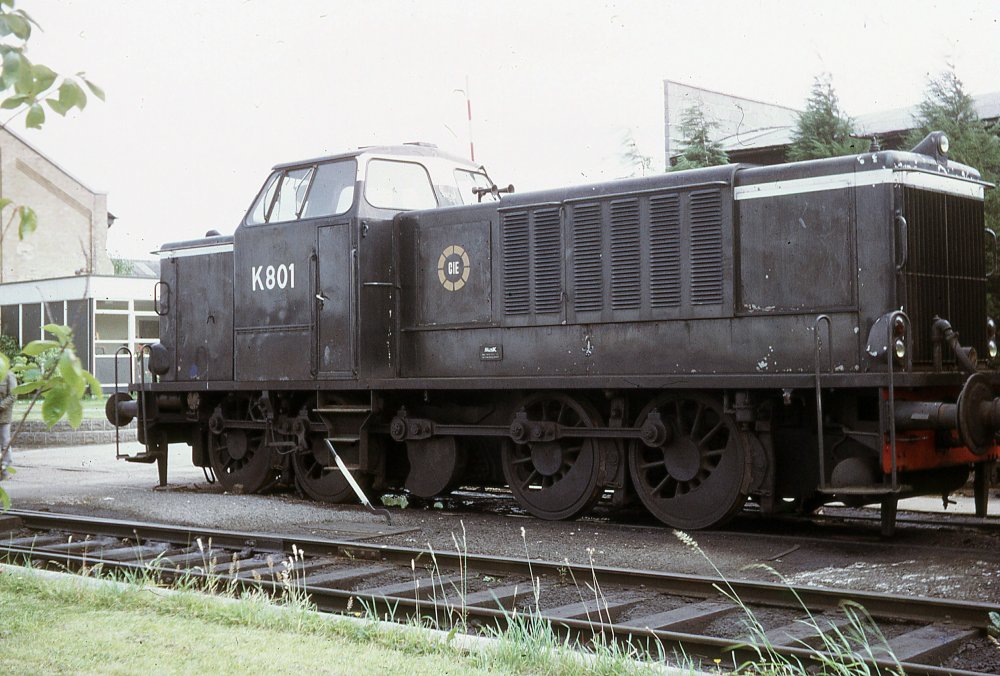
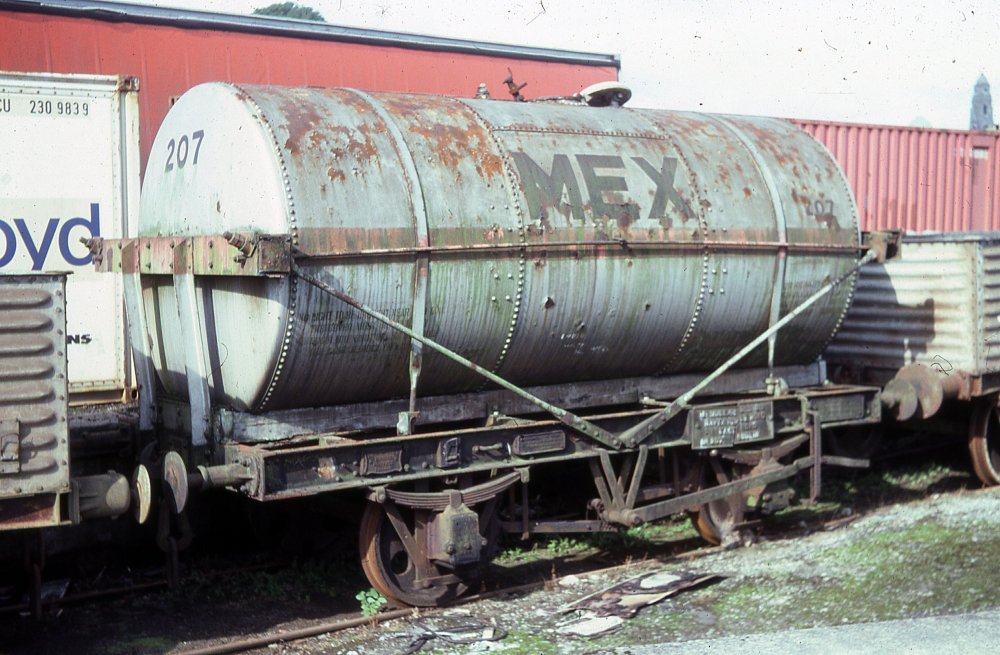
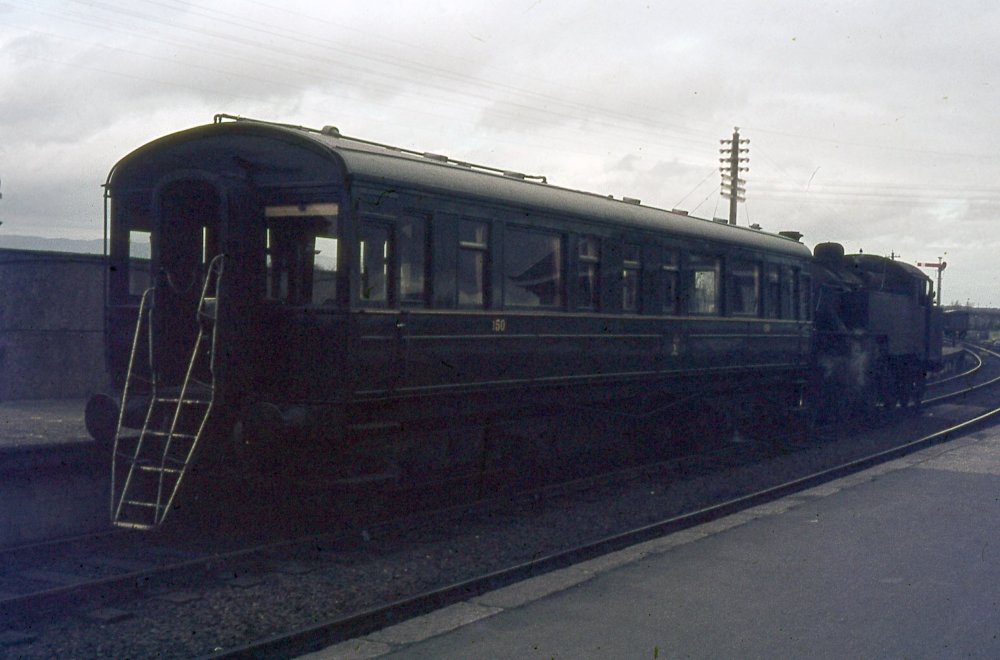
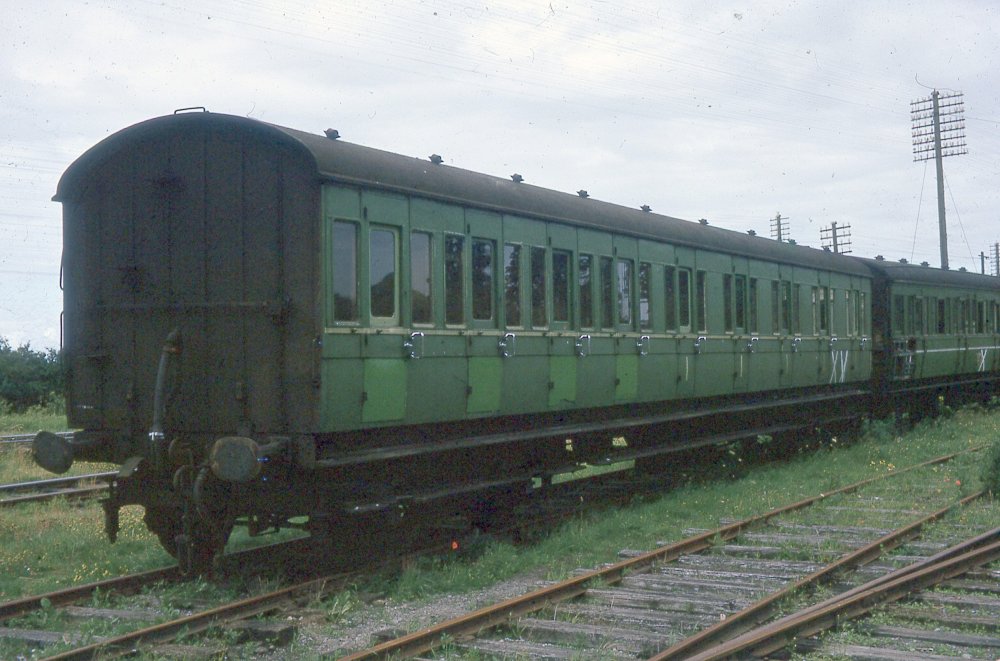
.thumb.jpg.71859a774880fcc319d502d8afa88cb6.jpg)
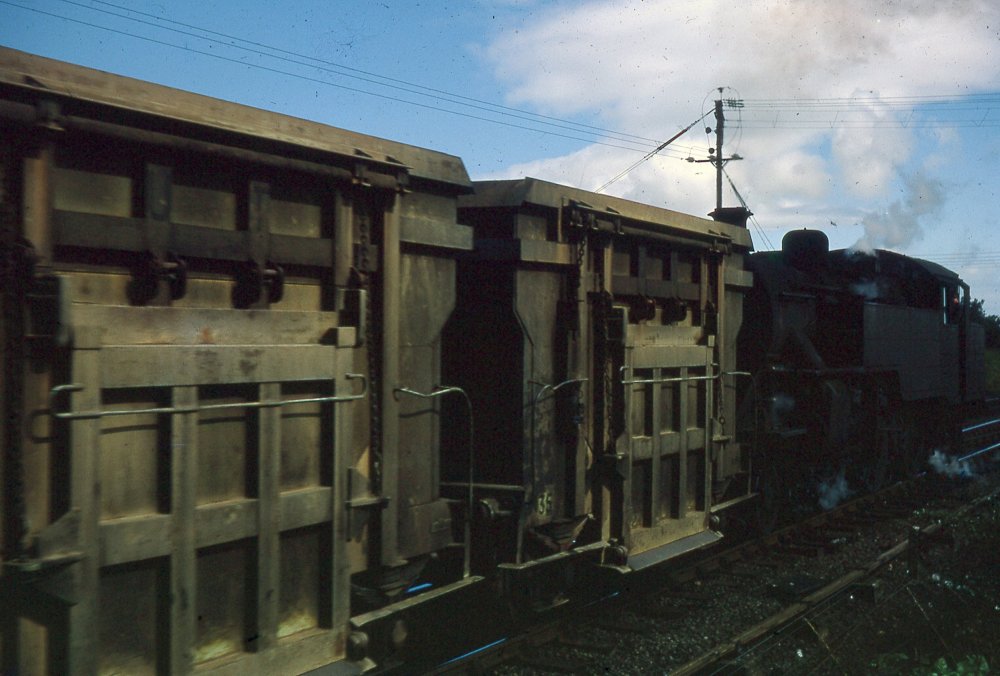
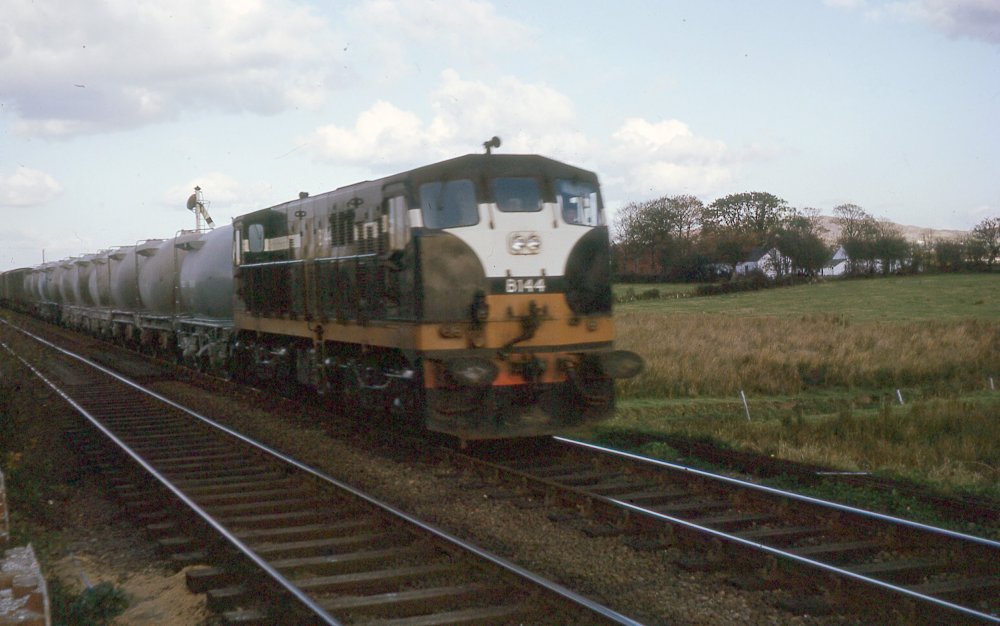
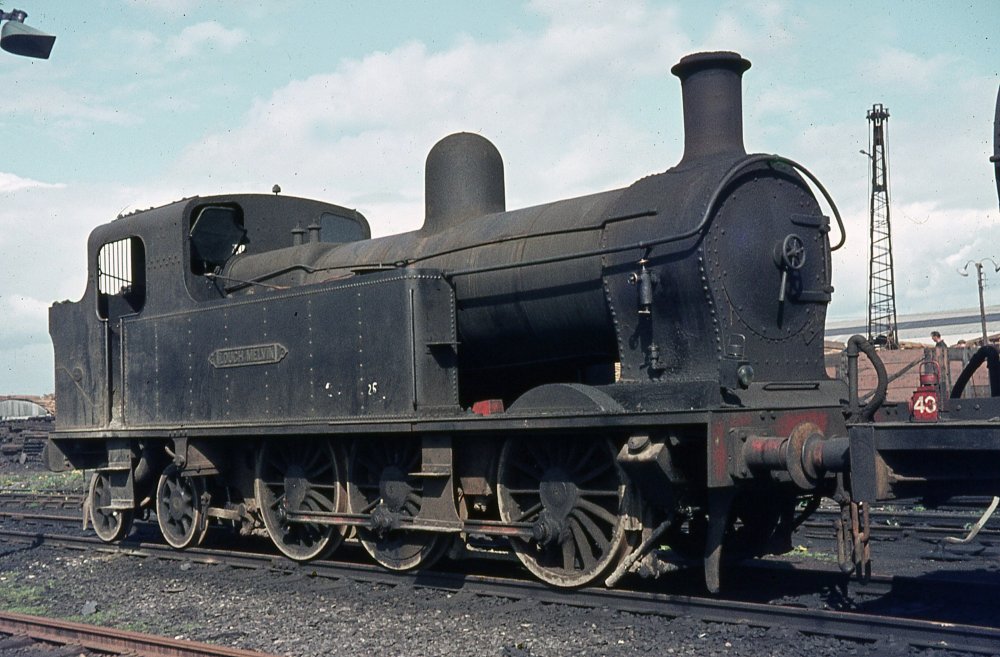
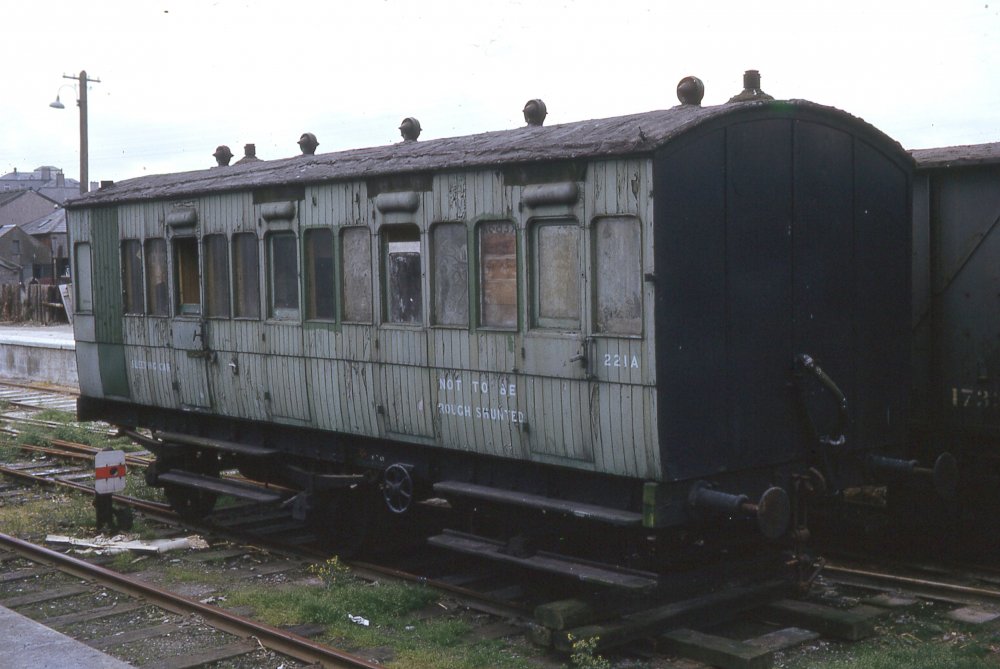
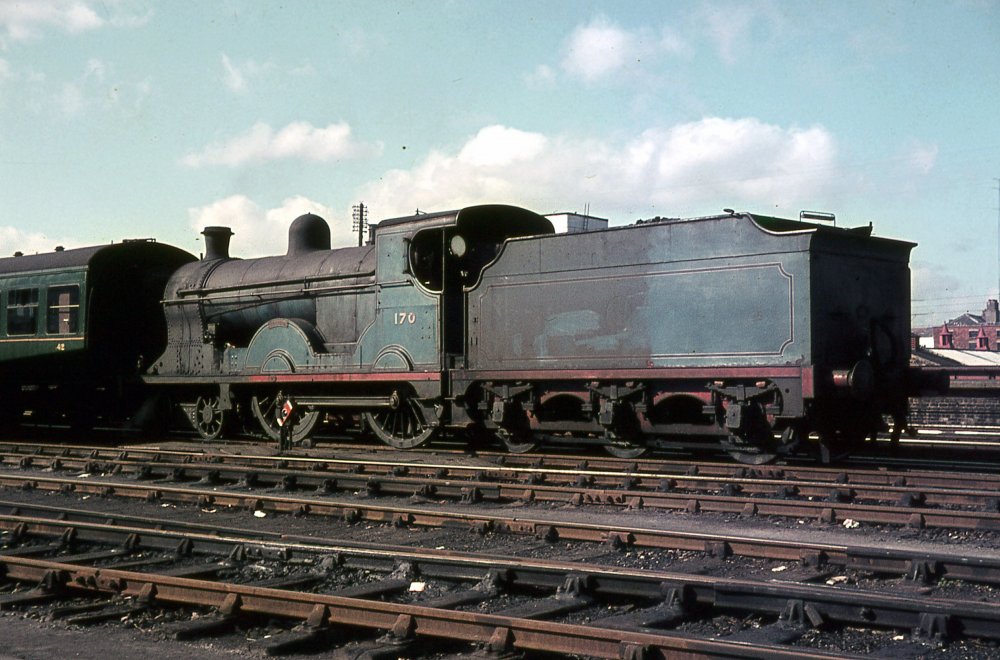


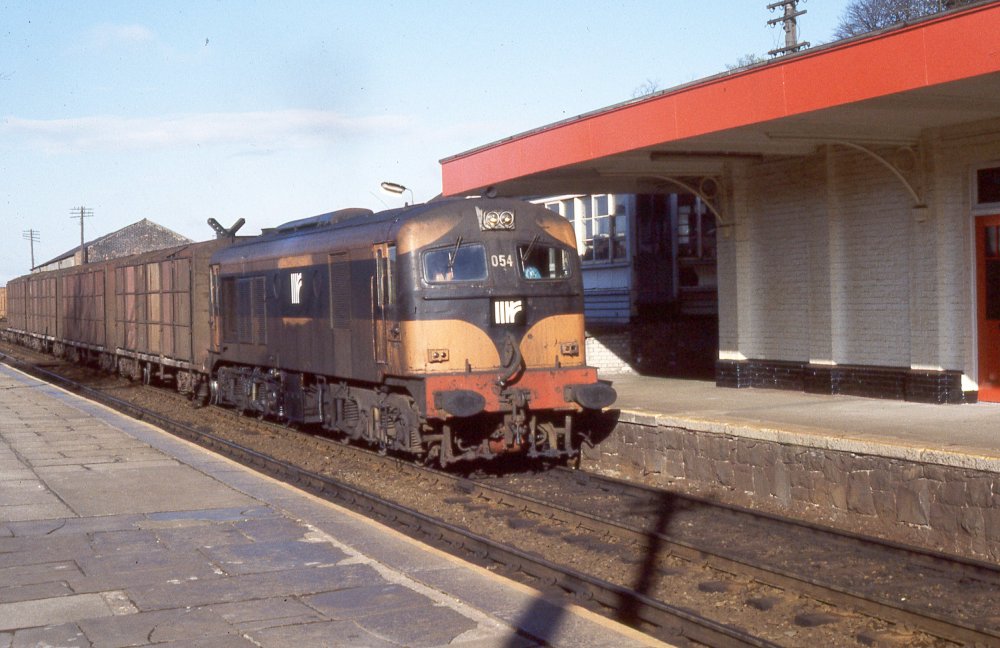
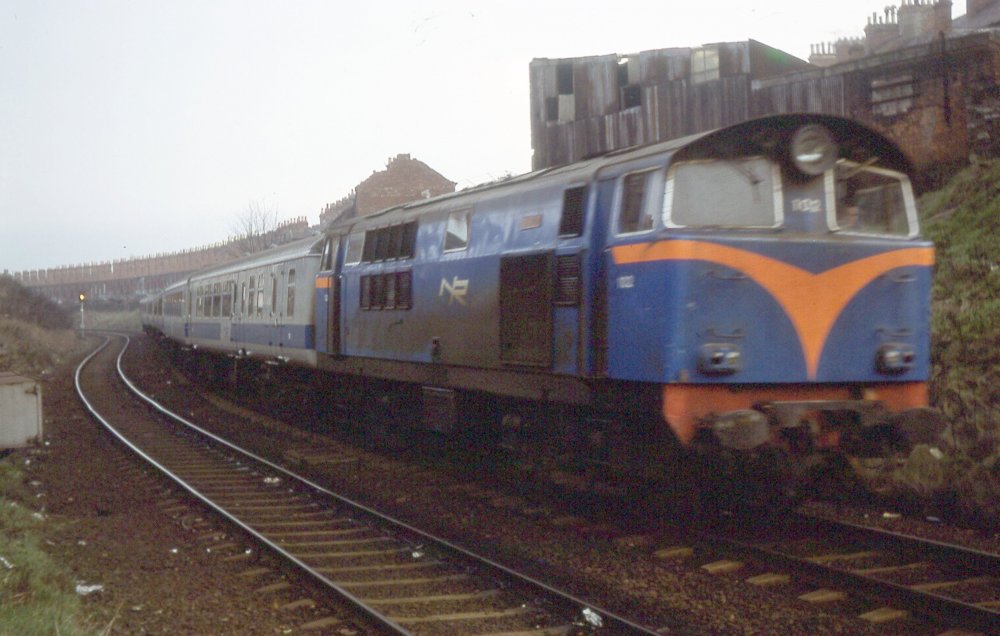
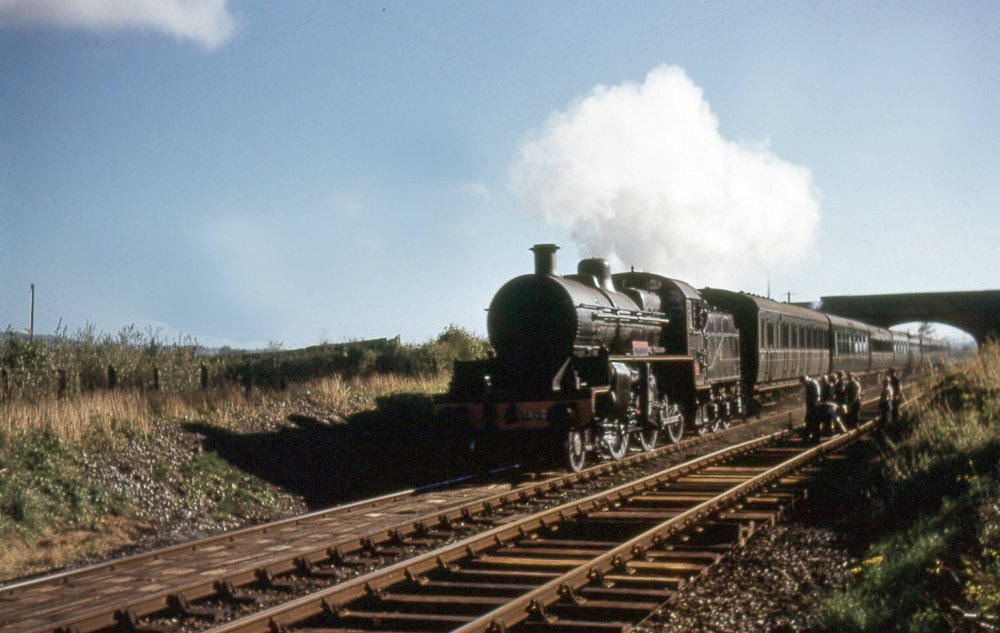
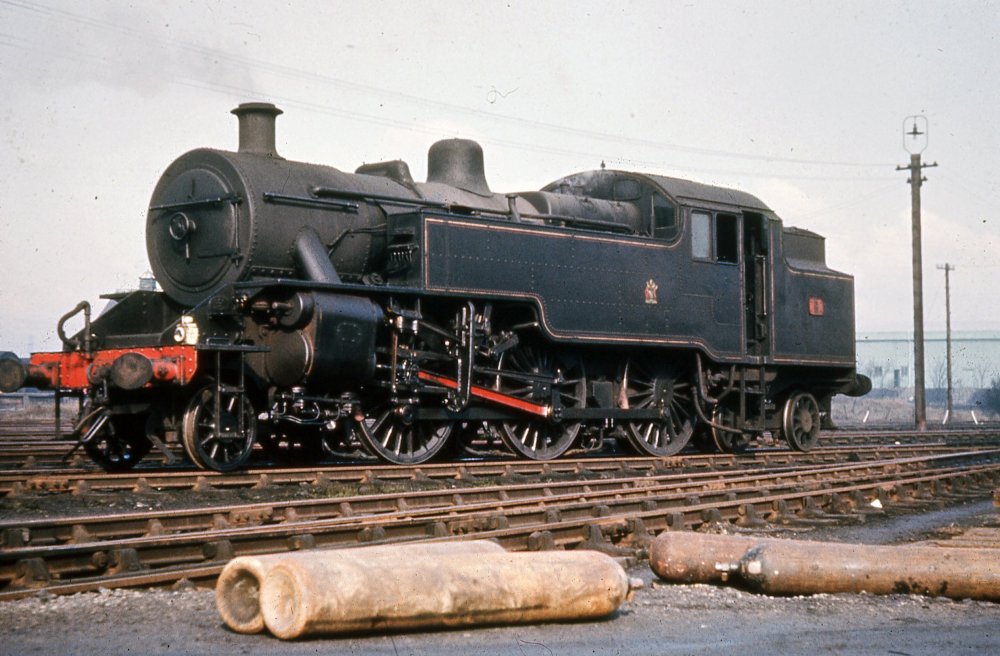
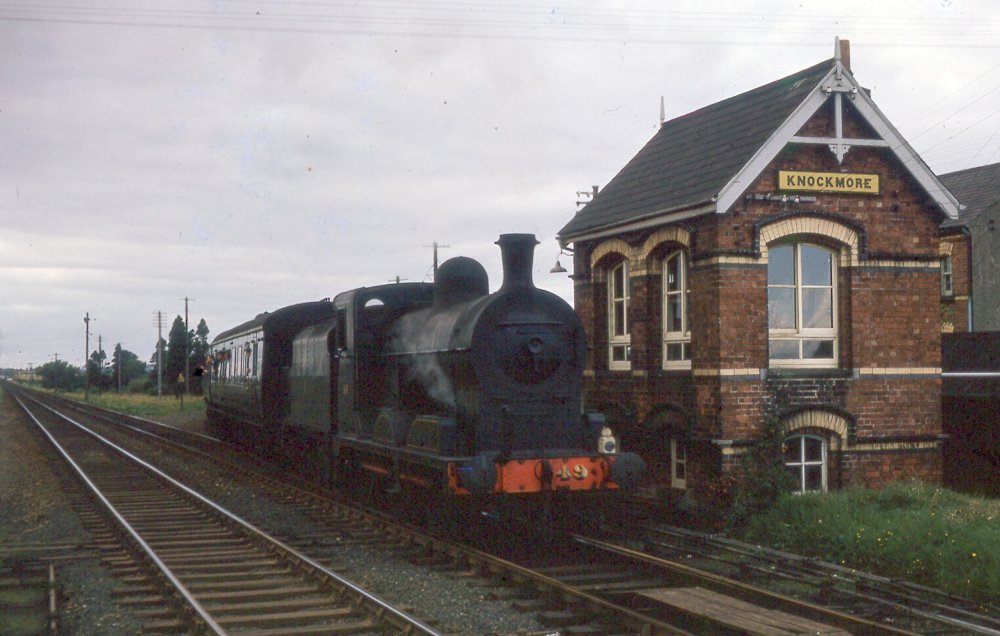
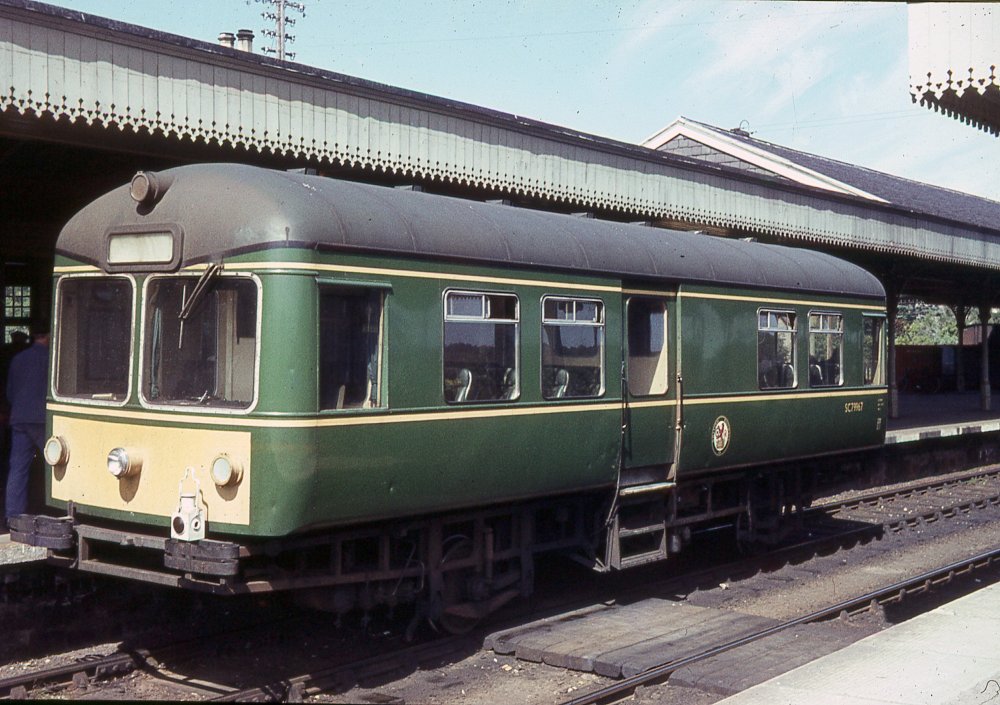
.thumb.jpg.dbfab3ab1c0c3e8c4d3746f22b33561c.jpg)

